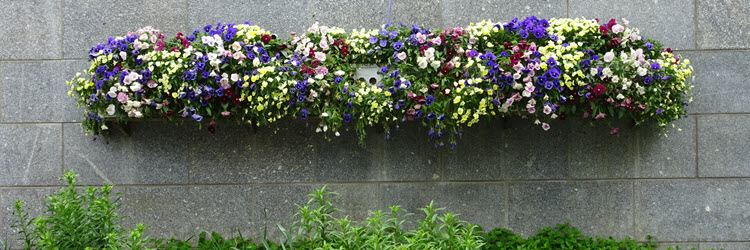Right up front. Thank you Ruby and Raymond of Digital Pacific for getting my website up and running again from half way around the world. Let me say that you each helped reduce my stress levels quite markedly and I am very grateful.
The formal part of my researching and travelling finished yesterday. And what better way to do that than catch up on the AFL from an avid Eagles fan on the train down from Edinburgh.
My IT has been a mess for a while. Such things must be on the opposite of my brain that deals with creating and reviewing research processes in this rapidly changing world of family history research. It’s been six years since I travelled and how things have changed. I am tempted to mention generational change. Or perhaps I was still stuck in the world of paper in archives and microfiche and microfilms.
At my last visit at the Family History Library in Salt Lake City i just collected an image of every record I found as it used to take money, money and more money to order in films and so long for them to come. Family Search are still digitising their books and films but already so much will be available when I get home and where I can view digital images at the GSV.
I think the only set of records I found it necessary to take an image of were the apprentice records for Nottingham. My ancestor, George Watts, completed his framework knitter apprenticeship with his father, a lacemaker. Perhaps the Luddite riots shortly afterwards influenced George’s decision to join the Army – where he served almost his full time in Ceylon.
So this trip I concentrated on expanding and tuning my processes for, where such methodologies existed, they were very rusty. A case in point has been George’s army records. The TNA has made more of these available online these days, some on FindMyPast, some on Ancestry, some on FamilySearch and some on the TNA website itself (some free, some for a fee). But there are still some muster books I want to go back and look at the original documents at the TNA. You can see how a half hour discussion about how to go about such a search ended up taking me over a week to do the actual searching – reviewing and updating my process as i went. And I found the baptisms of my great great aunt Mary Ann Watts in Cambridge. Not in Nottingham as is the case for the rest of the family. One down. Another aunt to find. More about George’s story later on. And then at the Scottish Genealogy Society on Saturday I have had to rethink that my processes all over again (Have a look at John Grenham’s blog today too).
Of course I still have the official baptism of Christopher Abbey in about 1816 somewhere up near Elland, Yorkshire – just to confirm the family bible entry. It may also be useful to establish a DNA Circle in AncestryDNA.
And the baptism of my great great great great grandfather John Fulford. Imagine my surprise to find the bathroom in our London accommodation was based on an old map of London. Front and centre was Millman Street near the Foundling Hospital – before it was redeveloped by John Fulford for the Hospital. There is more about the Hospital and John Fulford to come. And perhaps Christ’s Hospital and my great grandfather Charles Salter too.
For puzzles there is none greater than my great great grandfather John Learmonth, a flesher in Edinburgh. Retours of Heirs, testaments, sasines and a guarantee on a promissory note that was not honoured. Remember that saying threw the book at him? Well John Learmonth threw the book at Alexander Livingstone (aka Learmonth). John Learmonth took more than 50 pages of a 60 page statement setting out his case to list all of Alexander Livingstone’s property assets. I suppose he meant to demonstrate that Alexander Livingstone had more than adequate means to honour his guarantee. Not that he ever did. But more on another day.
Now? I should be thinking about my Baulch and Turner ancestors in Somerset as well as Salters just over the border in Wiltshire. then to return to London to see if I can pin down more about my favourite ancestor John Bourke Ryan. Then to finish with Alica in Geneva to follow (in reverse) Uncle John’s journey through German POW camps.

One response to “Researching my family history – No 1”
Patsy, what a great journey you have been on. Looking forward to hearing of uncle Johns journey in Germany.
Rick Rowbottom